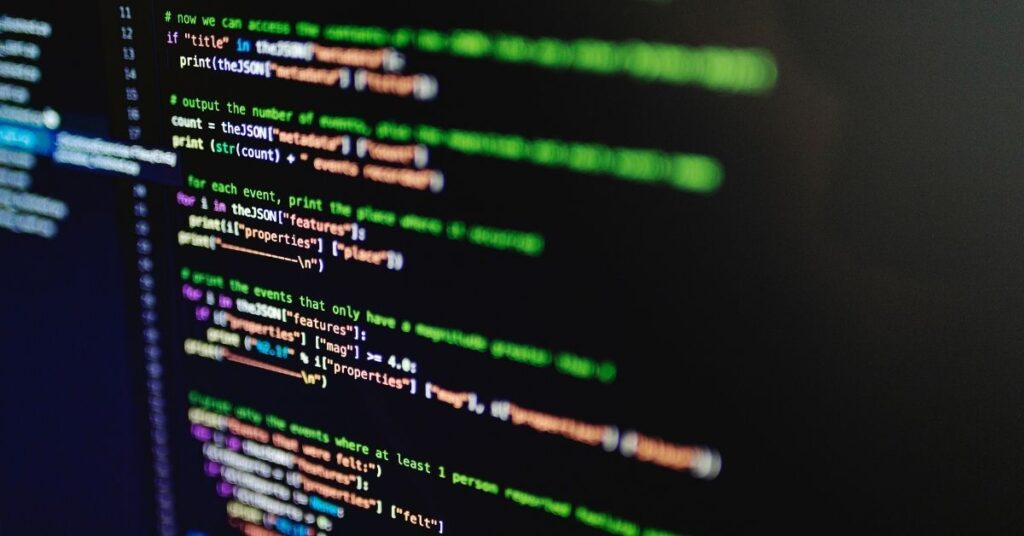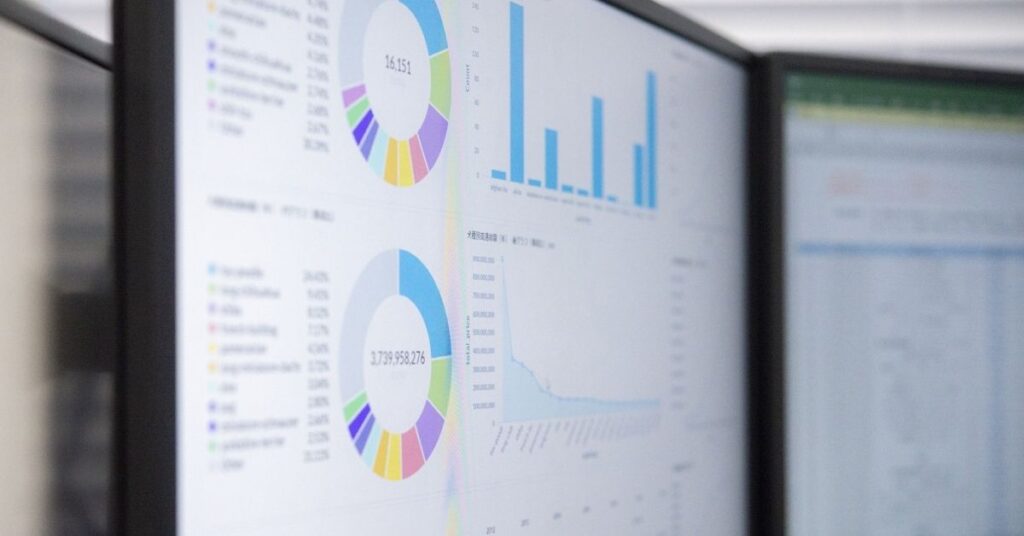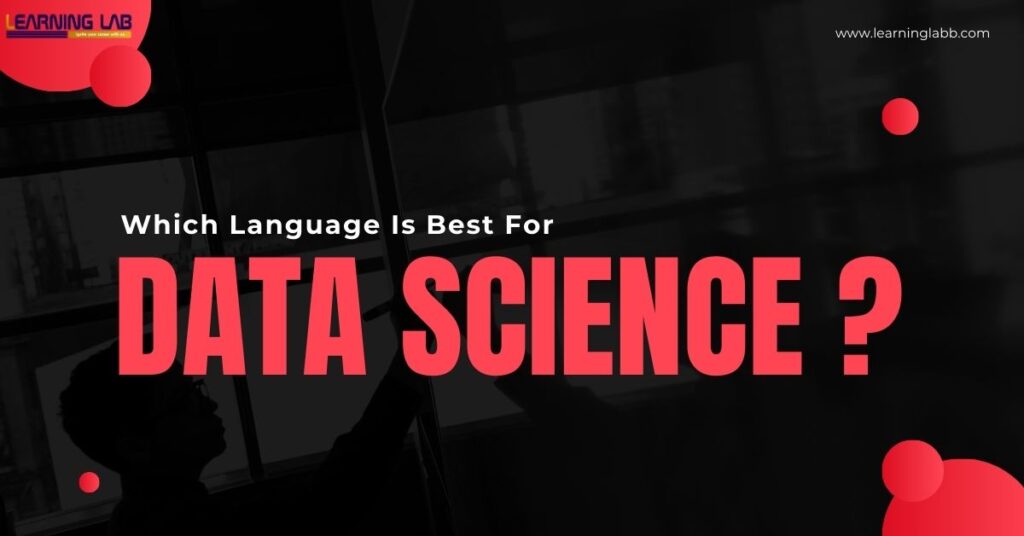Which Language Is Best For Data Science: To say Data Science is one of the most exciting fields in today’s world. As data science continues to grow, one key question that often arises is: Which language is best for data science?
In this blog, we will explore two of the most popular programming languages for data science: R and Python, and discuss their strengths, weaknesses, and when to choose each one.
Why Do We Need Programming Languages in Data Science?
Before we explore the comparison, let’s first understand why programming languages are essential for data science. Data science involves several tasks such as data cleaning, data visualization, data analysis, machine learning, and deep learning. These tasks require powerful tools that can handle large volumes of data, perform complex computations, and visualize results effectively.
This is where programming languages like Python and R come into play. They offer libraries and frameworks that make it easier to handle these tasks and improve productivity.
Most Used Programming Languages for Data Science
When it comes to most used programming languages for data science, there are many options available. However, Python and R are undoubtedly the two frontrunners. According to various surveys and reports, such as the one conducted by Kaggle and Stack Overflow, these two languages are most commonly used by data scientists globally.
Now, let’s compare these languages in more detail to help you decide: Which language is best for data science?

Python Language for Data Science
Python is one of the most popular programming languages for data science. It is easy to learn and has a vast ecosystem of libraries such as NumPy, Pandas, Matplotlib, Seaborn, Scikit-learn, and TensorFlow, which make it a powerful tool for handling various data science tasks.
Here are some key reasons why Python is preferred for data science:
- Easy to learn: Python’s syntax is straightforward and beginner-friendly. You can quickly get started even if you’re new to programming.
- Versatility: Python is a general-purpose programming language that can be used for web development, automation, data science, artificial intelligence, and more.
- Large community and libraries: With a massive community of developers and numerous open-source libraries, you can find solutions to almost every problem in Python.
- Machine learning and AI: Python is the go-to language for building machine learning models and artificial intelligence applications. Libraries like TensorFlow and Keras provide tools for deep learning, while Scikit-learn is excellent for traditional machine learning.
R Programming Language for Data Science
R is another language that has gained significant popularity in the data science community. It was specifically designed for statistics and data analysis, making it a great tool for statisticians and data scientists alike.
Here are some reasons why R programming language for data science is preferred by many:
- Statistical analysis: R was built with statistics in mind, and it excels at statistical computing, making it a great choice for tasks that require complex statistical analysis.
- Data visualization: R has exceptional data visualization libraries such as ggplot2 and Shiny that can produce high-quality and interactive plots and graphs.
- Rich ecosystem: R has an extensive collection of packages tailored to different aspects of data science, including bioinformatics, econometrics, and machine learning.
- Integration with other tools: R integrates well with other data tools, such as Hadoop and Spark, making it a flexible choice for large-scale data analysis.
While R is powerful for specialized statistical work and visualizations, it can have a steeper learning curve for beginners when compared to Python. It is particularly useful in academia, research, and industries that focus on statistical analysis.

R Programming Language Vs Python: Which Is Better for Data Science?
The R programming language vs Python debate has been ongoing for years. So, which language is best for data science?
Let us break it down for you:
| Features | Python | R |
| Ease of Learning | Beginner-friendly and easy to learn. | Steeper learning curve, but powerful. |
| Data Science Libraries | Extensive libraries for machine learning, data manipulation, and analysis. | Exceptional for statistical analysis and visualization. |
| Data Visualization | Good, with libraries like Matplotlib and Seaborn. | Excellent, with ggplot2 and Shiny. |
| Community Support | Large, active community with plenty of resources. | Strong community, particularly in research and academia. |
| Versatility | General-purpose programming, good for machine learning, web apps, and automation. | Primarily focused on statistical analysis and visualization. |
What’s the takeaway? Python is the go-to language for most data science professionals because of its versatility and machine learning capabilities. However, if you’re focused on statistical analysis and visualization, R programming language for data science might be a better choice.
When Should You Choose R or Python?
Now that we know the strengths and weaknesses of both languages, the next question is: When should you choose one over the other?
Choose Python if:
- You are a beginner and want to learn a versatile language.
- You want to build machine learning models and work with AI.
- You need to handle large-scale data processing or automation tasks.
Choose R if:
- You need to perform in-depth statistical analysis.
- You are focused on data visualization and creating interactive reports.
- You work in academia, research, or fields where statistical computing is essential.
How Ze Learning Labb (ZELL) Can Help You Here!
At Ze Learning Labb (ZELL), we offer specialized courses in both Python and R programming to help you get started on your data science journey. Our data science bootcamps and online courses are designed to equip you with the skills you need to become a proficient data scientist.
Whether you choose Python or R, our ZELL courses will guide you through real-world projects, interactive learning, and personalized support to help you master these languages and excel in the field of data science.
Key Takeaways
- Python is the best language for general-purpose data science, machine learning, and AI applications.
- R is better for statistical analysis, data visualization, and specialized data tasks.
- Both languages are widely used and have strong communities.
- Choosing the right language depends on your career goals and the type of data tasks you’ll be working on.
Still unsure which language to start with? Whether you choose Python or R, Ze Learning Labb offers tailored courses to help you build a strong foundation in data science. Start your journey with us today and unlock a world of opportunities!

On A Final Note…
So, which language is best for data science? The answer depends on your needs, but both Python and R are excellent choices. They each bring unique strengths to the table and mastering either of them will open doors to a successful data science career.
Enroll Now!





